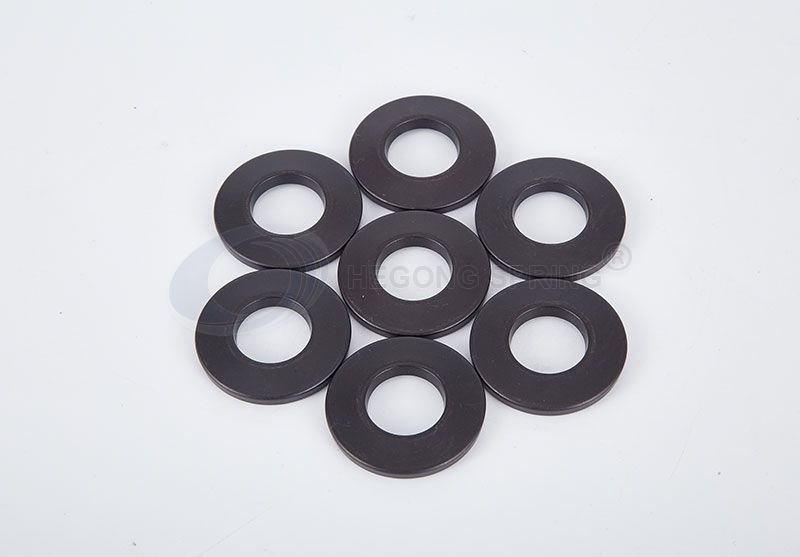Selecting the Right Belleville Washer for Your Application: Factors to Consider
In the world of engineering and mechanical applications, the choice of the right components is paramount to ensuring optimal performance and longevity. Belleville washers, often overlooked but crucial components in many systems, play a pivotal role in maintaining proper load distribution, preventing bolted joints from loosening, and mitigating the effects of thermal expansion and contraction. In this comprehensive guide, we delve into the essential factors to consider when selecting the perfect Belleville washer for your specific application.
Understanding Belleville Washers
Belleville washers, also known as disc springs or conical spring washers, are disc-shaped components that provide a spring-like action when compressed. Their unique conical shape imparts a spring force when loaded, making them ideal for applications where tension, compression, or a combination of both is required. These washers are commonly used in critical settings such as aerospace, automotive, and industrial machinery.
Material Matters: Optimal Choices for Performance
Material selection is a pivotal factor when choosing Belleville washers. The right material ensures longevity, corrosion resistance, and the ability to withstand varying environmental conditions. Common materials include stainless steel, carbon steel, and alloys like Inconel. Consider the specific demands of your application, such as exposure to corrosive chemicals or extreme temperatures, to determine the most suitable material.
Size and Dimensions: Precision is Key
The size and dimensions of Belleville washers directly impact their performance. Precision engineering is crucial in this regard. Factors such as the outer diameter, inner diameter, and thickness must align with the requirements of your application. Whether you need a washer for a small-scale electronics project or a heavy-duty industrial application, precise sizing ensures optimal functionality and load distribution.
Load Characteristics: Tailoring to Your Application
Different applications require different load characteristics. Belleville washers are available in various configurations to accommodate diverse load and deflection requirements. Understanding the load characteristics of your application is crucial for selecting the right washer type, whether it's a single washer, stacked configuration, or a combination of different sizes to achieve the desired performance.
Considerations for Temperature Variations
In environments where temperature variations are prevalent, the choice of Belleville washer becomes even more critical. Thermal expansion and contraction can affect the performance of traditional washers. However, Belleville washers, with their conical design, are better equipped to handle these challenges. Consider the expected temperature range in your application to ensure the selected washer can withstand the thermal stresses it may encounter.
Application-Specific Considerations
Each application comes with its own set of challenges and requirements. Tailoring your Belleville flange washer choice to the specifics of your application is essential for optimal performance and longevity.
Aerospace Applications: Lightweight and High-Strength
In aerospace applications, where weight is a critical factor, Belleville washers made from lightweight yet high-strength materials like titanium or aluminum alloys are preferred. These materials offer the necessary strength without compromising on the overall weight of the aircraft or spacecraft.
Industrial Machinery: Durability and Load Distribution
In industrial machinery, durability and load distribution are paramount. Choosing Belleville washers with high fatigue resistance and the ability to distribute loads evenly ensures the longevity of critical joints and connections. Stacked configurations may be suitable for applications with varying load requirements.
Conclusion
Selecting the right Belleville washer for your application involves a meticulous consideration of various factors, including material selection, size and dimensions, load characteristics, and application-specific requirements. By understanding these factors and tailoring your choice accordingly, you ensure optimal performance, reliability, and longevity in your mechanical systems.
363
0
0


Comments
All Comments (0)